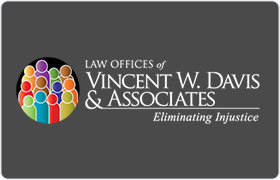 Oregon House Juvenile Law Lawyers, California
Oregon House Juvenile Law Lawyers, California
Sponsored Law Firm
-
 x
x

Click For More Info:
-
Law Offices of Vincent W. Davis & Associates
150 N. Santa Anita Ave, Suite 200 Arcadia, CA 91006» view mapJuvenile Dependency Law, Delinquency Advocating On Your Behalf
If you are seeking an experienced juvenile law attorney to represent you, count on the Law Offices of Vincent W. Davis.
626-446-6442
Warning! No lawyers found in this specified area.
Lawyers
1-0 of 0 matches



 Vincent Davis Arcadia, CA
Vincent Davis Arcadia, CA